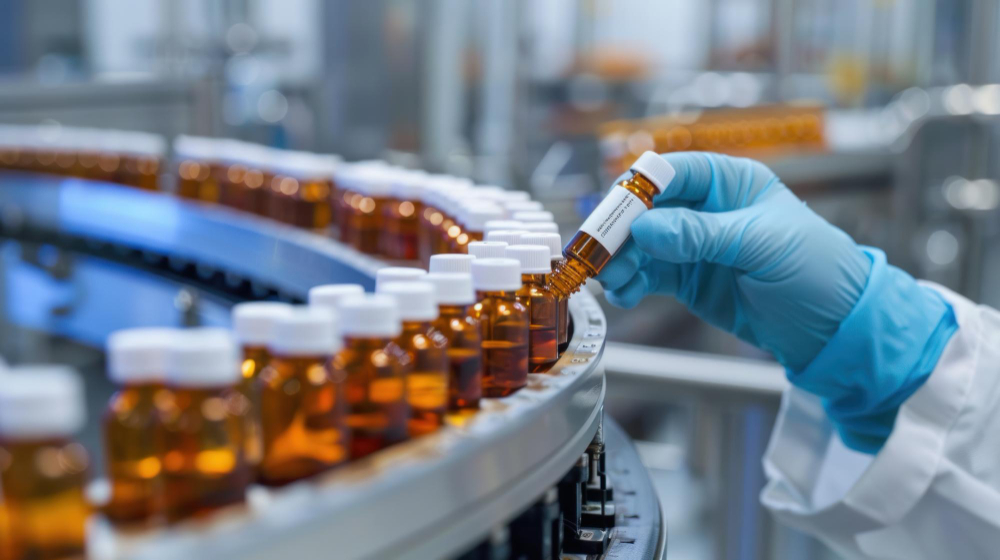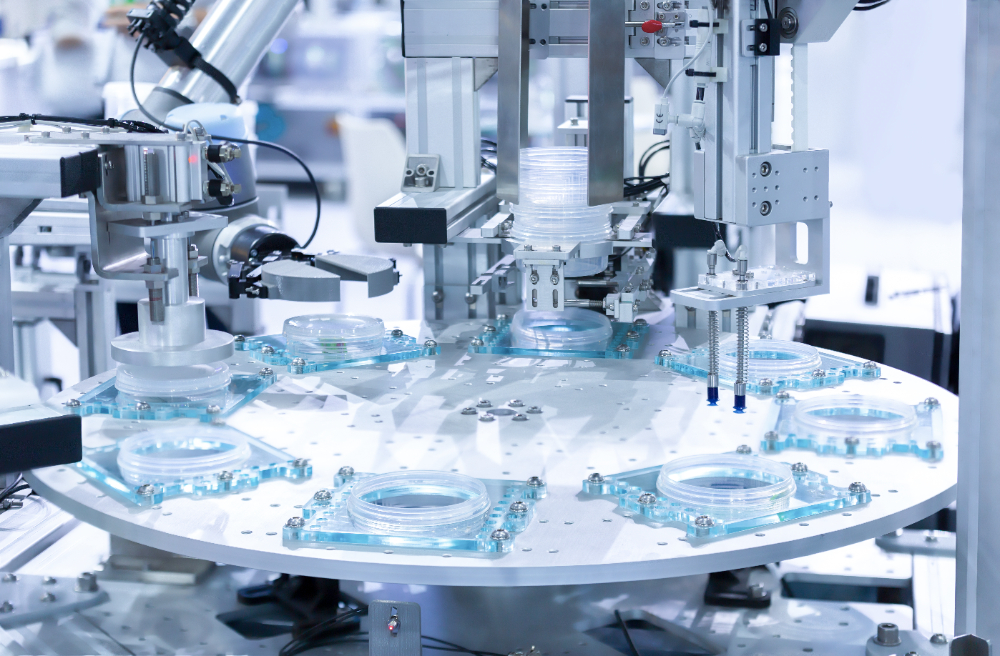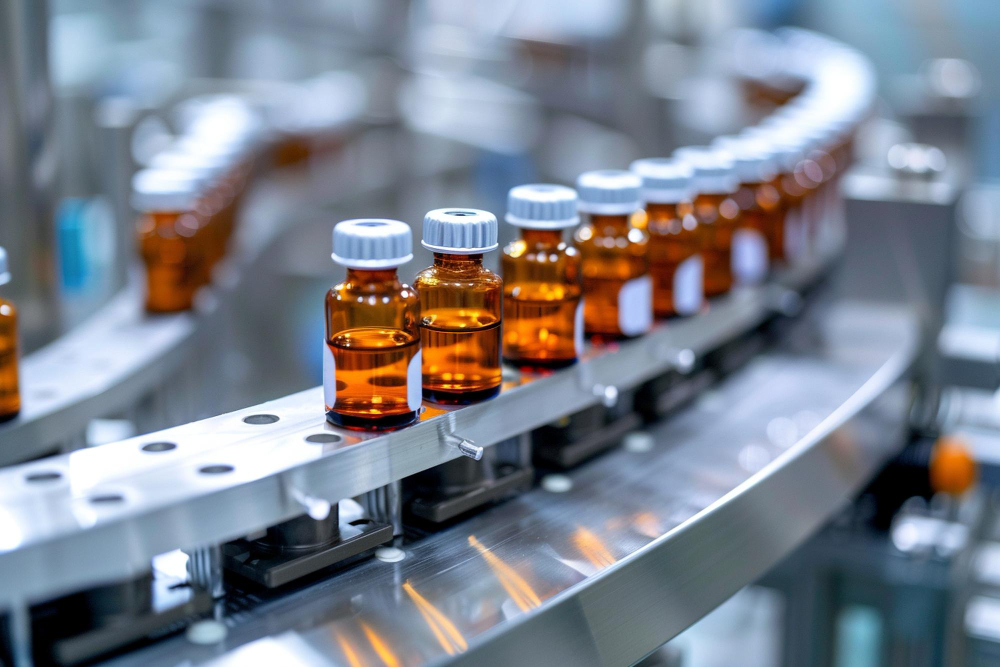What is granulation? Granulation is a vital process in the pharmaceutical industry, primarily used to improve the properties of powders, such as flowability, compressibility, and uniformity.

It converts fine powders into granules, which are easier to handle and process during the manufacturing of tablets, capsules, or other solid dosage forms. Not only does it enhance the physical properties of powders but also ensures that active pharmaceutical ingredients (APIs) are uniformly distributed, leading to consistent dosage forms.
Among the various granulation methods, high shear granulation (HSG) and fluid bed granulation (FBG) are widely used.

What is high shear granulation? High-shear granulation (HSG) involves mixing powders in a high-speed, mechanically driven mixing bowl, where a granulating liquid (often a binder solution) is introduced. The high-speed impellers break down and mix the powder, while the chopper reduces the granules into smaller, uniform sizes. The wet granules are then transferred to a dryer (usually a fluid bed dryer) to remove excess moisture and solidify the granules.
It is fast and effective at producing dense, uniform granules, and it can handle a wide range of powder characteristics.

In fluid bed granulation (FBG), powder particles are suspended in an upward stream of heated air, causing them to behave like a fluid. A granulating liquid is then sprayed onto the fluidized particles, which causes them to agglomerate and form granules. The drying process occurs simultaneously, as the air evaporates the liquid, solidifying the granules in a single step.
This method is well-suited for materials that are sensitive to temperature changes, as it provides a gentler processing environment than high-shear granulation.
The main difference between high shear and fluid bed granulation lies in how granulation is achieved. High shear granulation relies on mechanical force from impellers and choppers to break down and agglomerate the powder particles, whereas fluid bed granulation uses airflow to suspend the particles, while a binder liquid is sprayed onto them to form granules.
| Factor | High Shear Granulation | Fluid Bed Granulation |
| Granule Density | High, produces dense granules | Lower, produces more uniform granules |
| Processing Speed | Faster due to mechanical mixing | Slower, as it relies on air fluidization |
| Suitability for Powders | Suitable for powders that require dense granules | Better for heat-sensitive or fragile powders |
| Energy Efficiency | Requires more energy due to separate drying step | More energy-efficient as drying and granulation occur together |
| Material Handling | More handling due to separate drying unit | Less handling, granulation, and drying occur in the same unit |
| Control Over Granule Size | Less precise, requires additional steps for uniformity | High precision, produces uniform granules naturally |
| Applications | Best for high-dose products and dense tablets | Ideal for products requiring uniformity, such as light powders and sensitive APIs |
We offer a range of advanced granulation equipment, including both high-shear granulators and fluid bed granulators. Our high-shear granulators are designed for efficiency and speed, producing dense, uniform granules suitable for high-density tablet production.
On the other hand, our fluid bed granulators are optimized for gentle, uniform granulation of sensitive materials, providing a comprehensive solution for your production needs.
Get the best of both worlds!
Whether you need fast, dense granulation or gentle, uniform processing, China Canaan’s range of granulation machines can meet your needs.
Contact us today to learn more about our cutting-edge granulation equipment and how we can help you optimize your manufacturing process.




Manufacturing pharmaceutical products should always be taken seriously. That is, every process must follow the strictest and highest standards. This is the very reason why manufacturers prefer hiring an EPC contractor. Contractors working under EPC contracts will ensure the outcomes are of the best quality no matter what happens, focusing on the construction of the […]

Explore the importance of EPC contracts in pharmaceutical manufacturing. Learn how EPC works, its benefits, and why choosing an EPC contractor can guarantee project success with Canaan’s industry-leading equipment.

Discover how SCADA and PLC improve automation in the pharmaceutical industry. Learn their roles, benefits, and how Canaan’s advanced technology enhances efficiency and safety.